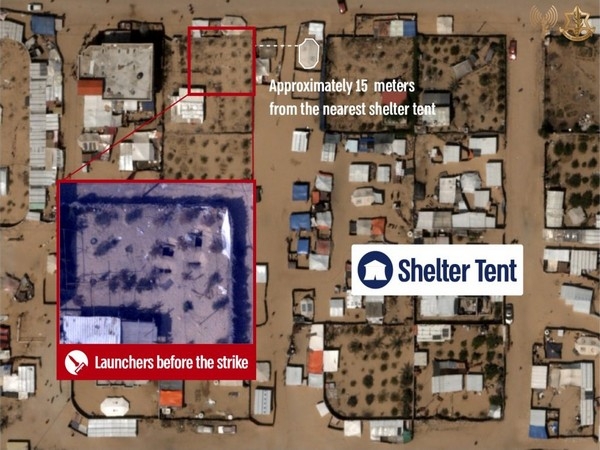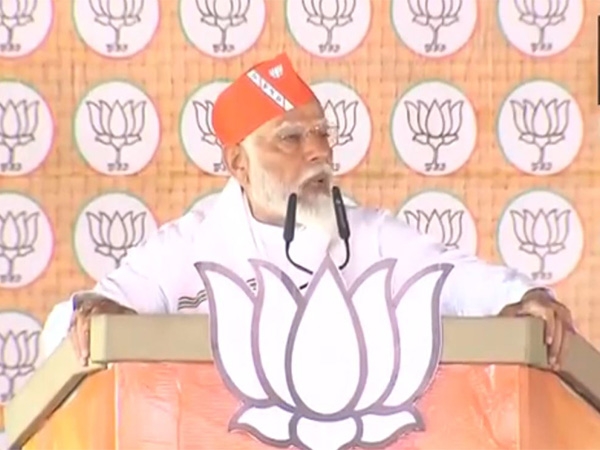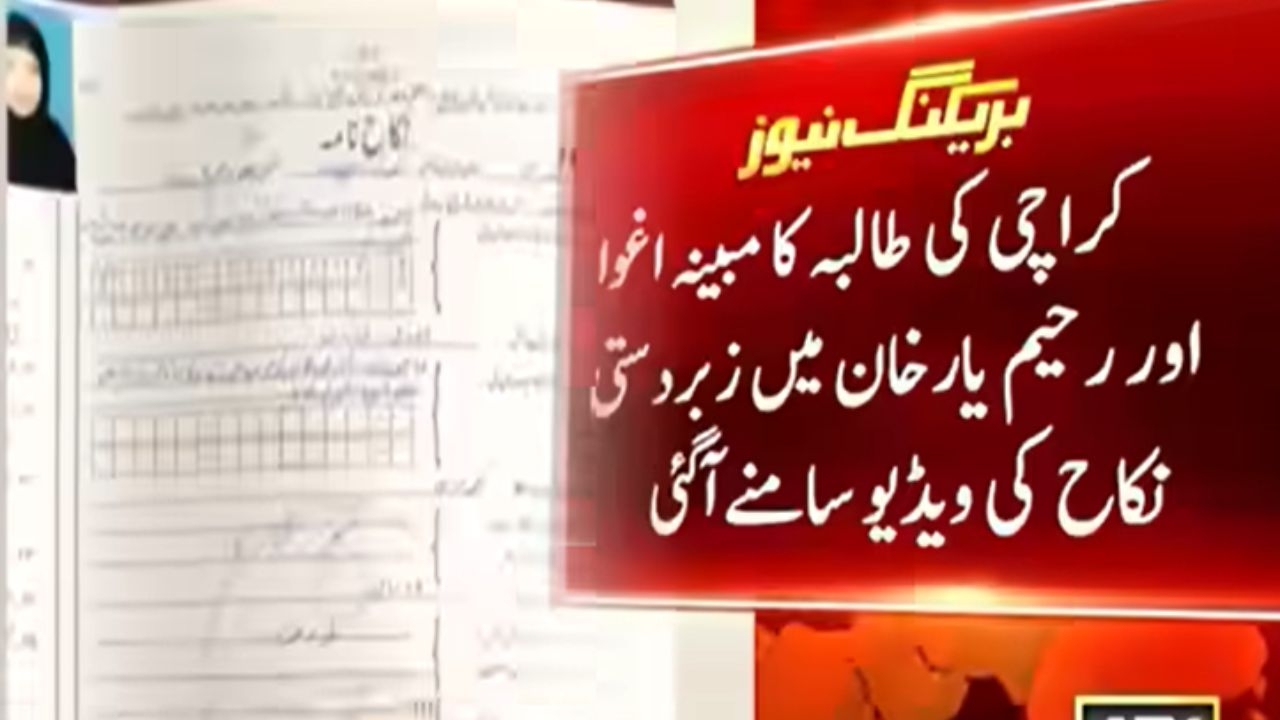What the row over the army's 'goodwill tour' says about Kashmir's polity
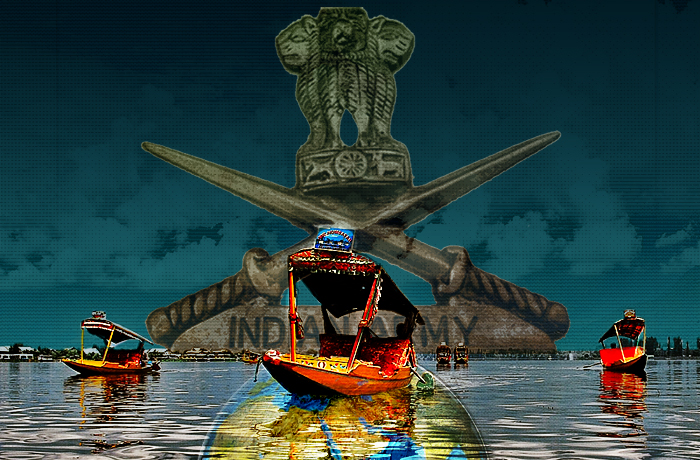
The Indian Army's Operation Sadhbhavna has caused much suspicion among Kashmir's civil society and various socio-political and religious groups. Here is why.
The stated aim of Op Sadhbhavna is to improve the army's relationship with Kashmiris.
As part of the programme, students, sportspersons and clerics from different corners of Kashmir are sent on brief tours of various parts of India each year to "broaden their perspectives".
Apart from the tours, the army also organises football, cricket and basketball tournaments in the valley.
As insurgency raged in the 1990s, the army's strategy to deal with Kashmir's restive population was, "kick them in their pants, hearts will follow", as the former commander of Srinagar-based 15 Corps Lt Gen Ata Hasnain put it.
It wasn't a feasible strategy, especially as violence declined in the 2000s. Currently, the active militants in the valley are believed to number 130-200. So, the army adopted a different approach.
"The heart of the strategy lay in winning the psychological operations by a mix of hard and soft techniques," Hasnain wrote in a long essay on southasiaidea.com.
"'Awami Sunwais', change in convoy timings, Jee Janab, Kashmir Premier League, football and basketball tournaments, tours by youth to various parts of India and helping them engage in education and employment were the corner stones of the concept of 'Heart is My Weapon'."
Op Sadhbhavna was born from this thinking. It was said to be modelled on "Hearts and Minds", the British counterinsurgency strategy employed in Northern Ireland in the 1960s.
The British strategy had four key components - demonstrating "political will" to defeat the insurgents, winning hearts and minds of the general population, giving police "primacy" over the army, ensuring civil-military coordination to isolate the insurgents.
Retired Col Vivek Chadha, of the Institute for Defence Studies and Analyses, New Delhi, wrote in 2011 that "the concept of 'Winning Hearts and Minds' has influenced the counter-insurgency approach of many countries, including India".
"In the Indian context, it was applied during counter-insurgency operations in the Northeast, including Nagaland and Mizoram, and subsequently in other insurgency affected regions as well. Among the more visible subsets of this approach are Operation Samaritan in the Northeast and Operation Sadhbhavna in J&K."
Recently, 30 girls from three schools in Srinagar were sent on a 10-day long "National Integration Tour". They met President Pranab Mukherji and HRD Minister Smriti Irani.
When they returned recently, one girl told the local media that she had seen the Jawahar Tunnel for the first time and that the tour had given her a "sense of independence" and "boosted my morale". Some others said they "enjoyed the tour to the hilt".
Soon after, videos of the girls dancing during the tour were leaked on social media. This invited criticism from influential social, religious and political leaders.
Among them was Dukhtaran-e-Millat leader Aasiya Andrabi, who urged parents not to send their daughters with the army, saying it was "un-Islamic".
The issue was hotly debated on social media. While some netizens criticised the girls as well as their parents, others doubted the authenticity of the videos, saying they could have been doctored and leaked by the army "to make the girls vulnerable".
Mohammad Yasin Malik, the chief of the pro-independence JKLF, says "the Indian army stands accused of war crimes in Kashmir" and the aim behind the army's "goodwill operations" is to "camouflage its real image".
Sadhbhavna, he adds, is meant to "conceal, confuse and obscure". "It's a smokescreen, you see!"
[twittable]The army is accused of war crimes in Kashmir. Sadhbhavna is a bid to cleanse its image: Yasin Malik[/twittable]
Syed Ali Geelani, the Hurriyat leader, calls it an act of "cultural aggression" meant to "Indianise Kashmiris" against their will. The Hurriyat has appealed to the people to avoid sending their children on tours organised by the army.
Not just separatist leaders, the civil society too has taken issue with Op Sadhbhavna.
"The army takes Kashmiri boys, girls and imams on India tours with the objective of Indianising them," says Khurram Parvez, of the J&K Coalition of Civil Society.
"Some of them are vulnerable while others are inquisitive and want to explore. But while agreeing to go on tours conducted by the army, they do not necessarily give up on their political aspiration."
Parvez describes the people, including children, taken on the Sadhbhavna tours as "victims of the army's deceit" and warns against "ostracising" them.
[twittable]Sadhbhavna is an act of cultural aggression meant to Indianise Kashmiris against their will: @sageelani[/twittable]
"Let's treat these vulnerable people with compassion," he adds. "My understanding is that the army has failed to Indianise our people with its 'Bharat Dharshan' programme. We should own this vulnerable group and try to learn from their experiences."
In sum, while the army markets Op Sadhbhavna, as its name suggests, as a goodwill gesture, many Kashmiris see it as an exercise in propaganda and brainwashing.
If anything, this debate perfectly encapsulates the complexity of the dispute that's Kashmir.

_251372_300x172.jpg)
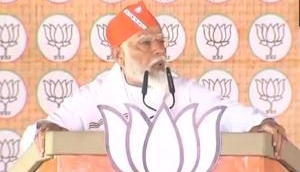
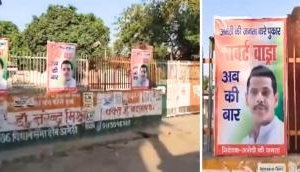
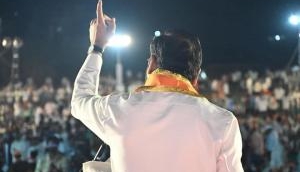

![BJP's Kapil Mishra recreates Shankar Mahadevan’s ‘Breathless’ song to highlight Delhi pollution [WATCH] BJP's Kapil Mishra recreates Shankar Mahadevan’s ‘Breathless’ song to highlight Delhi pollution [WATCH]](http://images.catchnews.com/upload/2022/11/03/kapil-mishra_240884_300x172.png)

![Anupam Kher shares pictures of his toned body on 67th birthday [MUST SEE] Anupam Kher shares pictures of his toned body on 67th birthday [MUST SEE]](http://images.catchnews.com/upload/2022/03/07/Anupam_kher_231145_300x172.jpg)


_251372_1280x720.jpg)
_251371_1280x720.jpg)
